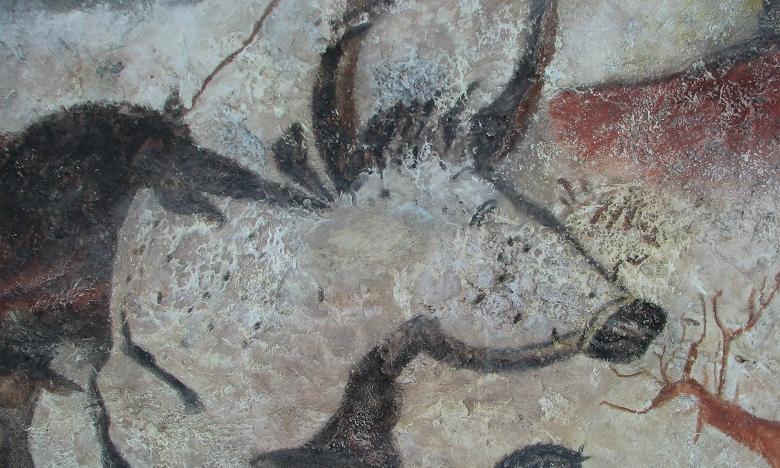In the summer of 2016, the Montignac-Lascaux International Parietal Art Center (www.projet-lascaux.com), also known as Lascaux 4, is poised to become the leading tourist attraction and cultural tool associated with Lascaux's world-famous painted and engraved cave art. A new and complete replica of the Lascaux cave will be the beating heart of the Center, a sizable complex that uses new imaging and virtual technology for comprehensive interpretation purposes. On September 12, 1940, on the hill overlooking Montignac village in Dordogne, four teenagers made one of the 20th century's greatest archeological discoveries: a cave filled with prehistoric paintings and engravings. After the Second World War, this Lascaux cave was fitted out for tourist exploitation and one million visitors took it in between 1948 and 1963. By 1955, though, due to the influx of people, a natural equilibrium had been upset and the first painting degradations had been noted. To protect this irreplaceable treasure, Lascaux was closed in 1963. In 1979 it was listed as a World Heritage Site. By 1983, after more than a decade of hefty investment and stop-and-start work on a facsimile of the original cave, Lascaux 2 welcomed its first tourists. Set into the same hill as the original cave, it reproduced 90% of the original paintings. Since its opening, nearly 10 million people have visited. But with many million more unable to reach Montignac, a traveling version of parts of the cave (Lascaux 3) was constructed and began an international tour, complete with interdisciplinary supports bringing to life Lascaux's complexity. Today, the Montignac-Lascaux International Parietal Art Center, or Lascaux 4, is the culmination of a major effort to expand protections to the whole Lascaux hillside and its surrounding environment. Lascaux 2 will remain open, but primarily as a special site in its own right – the world's first cave facsimile – and admit fewer visitors, most attending special workshops. Although Lascaux 4's primary attraction is the new cave facsimile, the appeal of other facilities is not to be overlooked, including a "parietal art theater" that uses screens, objects, light and sound effects to recreate the area's past atmospheres and environments; a 3D interactive cinema; a screen-based art gallery allowing for comparisons between Paleolithic and 20th-century art; and a temporary exhibition space for contemporary art. However, the experience of the new cave replica itself remains central, and unlike any other cave visits, Lascaux 4 is employing different set designs, displays, state-of-the-art interactive workshops and immersive technology to bring it to life. In fact, the atmosphere inside the replica cave is just like that of a real cave: dark, damp and muffled. This is fitting as the overarching purpose of the replica is to ensure visitors' ability to enjoy the paintings in an authentic cave atmosphere. Groups of no more than 32 people will be admitted, with a maximum of three or four groups in the cave at any one time. Directive lighting will help guide visitors through the space and preserve an atmosphere conducive to contemplation. Guided visits will be available in six languages. The Montignac-Lascaux International Parietal Art Center is one of three founding partners of the International Center of Prehistory (www.pole-prehistoire.com/), a project that recognizes and promotes the exceptional worldwide concentration of archeological and prehistoric sites in the Vézère Valley.


